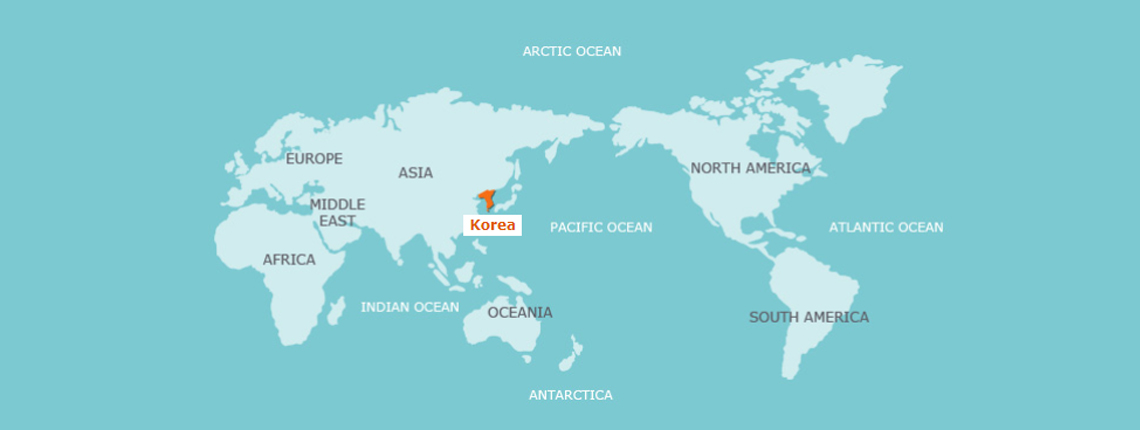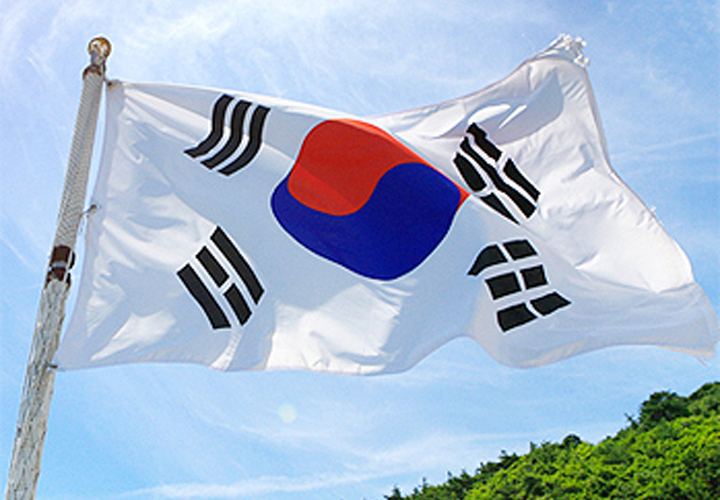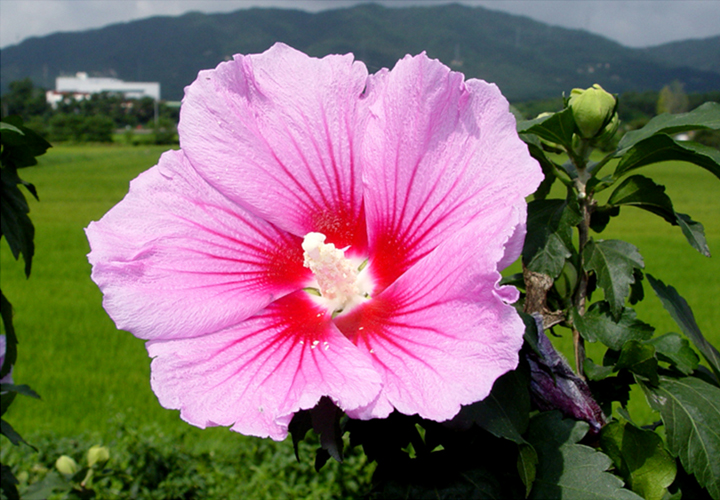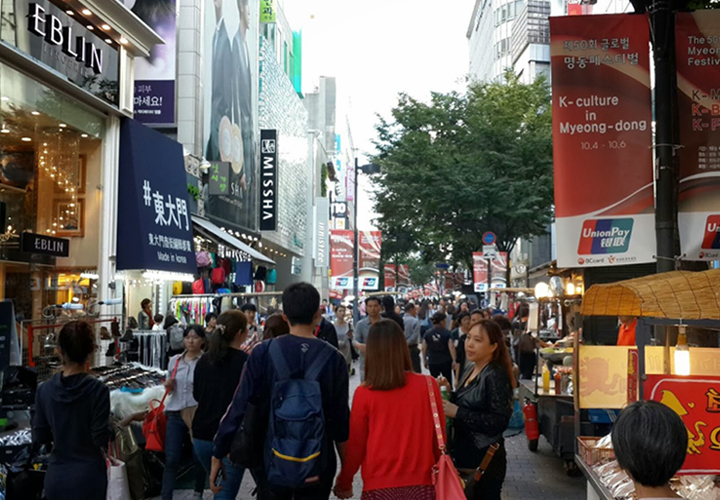Korea Facts
The Republic of Korea (herein after Korea) is a country visited by more than ten million international travelers every year. With its long history in culture and tradition, the country has a lot to offer to travelers. Continue reading to learn general information about Korea before visiting.
Where is Korea?

The Korean peninsula is located in Northeast Asia. It is surrounded by the ocean on three sides, giving Korea its unique geographical feature. With Seoul as its capital city, the mainland is roughly 1,030 km long and 175 km wide at its narrowest point. Korea's total land area is 100,033 ㎢, neighboring Japan to the east, China to the west, and sharing the northern border with Democratic People's Republic of Korea (North Korea).

【 Photo: National flag, Taegeukgi】

【 Photo: National flag, Taegeukgi】
- National Flag
Taegeukgi: The current design of Taegeukgi was finalized in October of 1949. It symbolizes the principles of the yin and yang in oriental philosophy. The circle in the center is divided into two equal parts, where the upper red responds to the positive cosmic forces of the yang; conversely, the lower blue section represents the negative cosmic forces of the yin. The flag's background is white, representing peace and purity valued by the people of Korea. The circle is surrounded by four trigrams, one in each corner, characterizing continual movement, balance and harmony.
- National Flower
Mugunghwa: The national flower of Korea is mugunghwa, or rose of Sharon, which comes into bloom from July to October every year. Profusion of mugunghwa blossoms gracefully decorate the entire nation during blooming season, providing a view that has been loved by Koreans for many years. The flower’s symbolic significance stems from the Korean word mugung, which means immortality.
- National Anthem
Aegukga: Aegukga literally means “a song expressing love towards their country” in Korean, and it was originally meant to foster patriotism and raise awareness for the nation’s independence. The anthem had undergone several changes since it was first introduced until it took its current form. Maestro Ahn Eak-tai (1906-1965) rearranged the piece in 1935, which was then officially adopted by the Korean Government in 1948 as the national anthem. Since then, the anthem began to be used at all schools and official functions.
Population of Korea

【 Photo: Street of Seoul 】
The total population of Korea is approximately 51,753,820 (as of August 2017), with most of the population residing in the Seoul metropolitan area. Outside of Seoul, other large and economically advanced cities such as Busan, Incheon, Daegu, Daejeon, Gwangju and Ulsan also have higher population densities than other cities in Korea.



